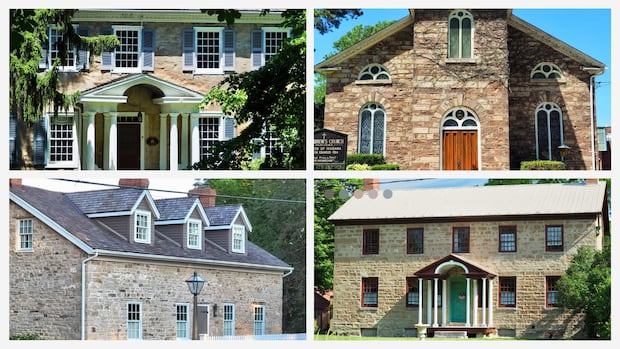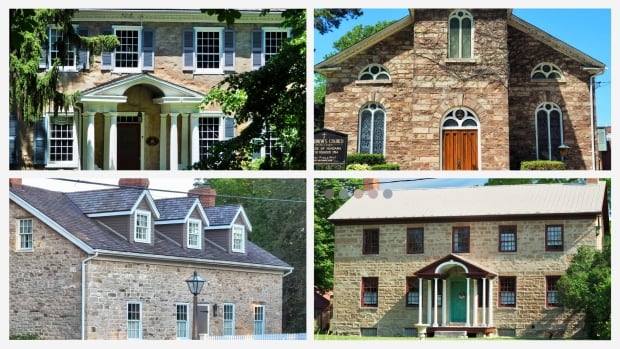
You may not know by looking at it, but Ontario’s oldest building is a stone house in Niagara-on-the-Lake, Ont. It stands on a street corner in a residential area, a rectangular building with lightly coloured stones, 1.5 storeys, and three uniform windows framed by three chimneys.
It was built in 1782, the home of Peter Secord, a loyalist soldier.
The private residence and its “unassuming” nature is typical for buildings of its era, said author Michael Robert Bussière.
“A lot of these places are out of the way. They’re not big, grand structures,” the retired Carleton University media professor told CBC Hamilton.
He self-published an book earlier this year documenting the earliest stone structures in the province. The idea came about several years ago when Bussière saw the Georgian-style buildings along the Rideau Canal and wanted to learn if Ontario had the continent’s best collection.
He got out his camera and a guide of Ontario driving routes, and started driving to every old stone building he could find. “Ontario is terrific for road trips,” Bussière said.
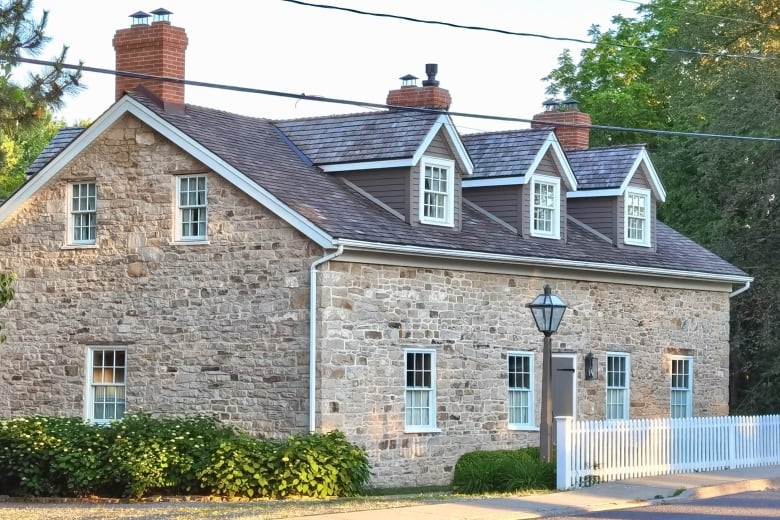
“If these buildings are cared for and loved for centuries to come, they will be representative of the very first English and German settlers in what became the province of Ontario,” he said.
Bussière visited structures from Niagara to Glengarry County, he said, some multiple times, so he could photograph them in different seasons and lighting conditions.
That work led to the publication of Defiant Builders: The Story of How Loyalists Constructed a New Society from Stone. The book is only available digitally now, but the author said he hopes to print it at some point.
Three of the oldest pre-date the War of 1812, during which many of the structures in southern Ontario were destroyed, Bussière said. All three are in Niagara.
Michael Robert Bussière describes three of Ontario’s oldest buildings, three of which are in Niagara.
Secord, a member of the military company Butler’s Rangers, built his home. Located in what is now Niagara-on-the-Lake, the Secord house is a private residence, Bussière said, and not one he was able to go into.
From the outside, he said, one can admire the architecture, which includes chimneys and a centre hall.
Secord was uncle to the husband of Laura Secord, who many consider to be a hero of the War of 1812.
Another member of Butler’s Rangers was John Brown, who built the oldest home in St. Catharines, Ont., in 1802.
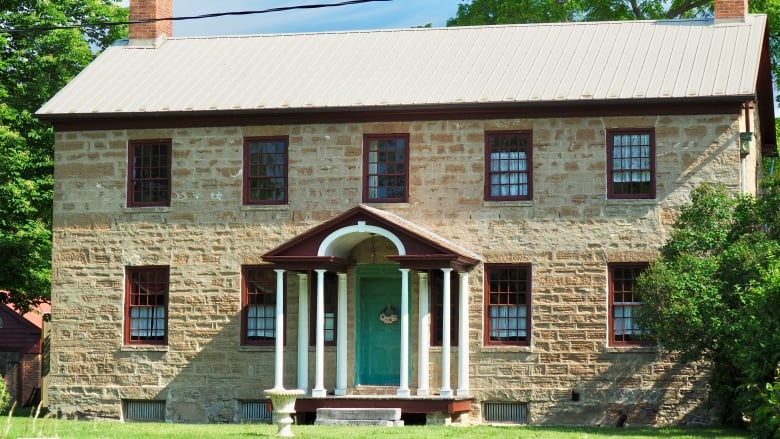
Built from local limestone, the two-story home demonstrates “tremendous skill” on the part of the tradespeople, Bussière said.
Its location is significant too. The Brown Homestead website says it is located along the “Mohawk Trail,” an Indigenous trade route which ran along the top of the escarpment from the Niagara River to Hamilton’s Ancaster area and beyond.
The historic site offers programming and hosts visitors.
A third significant stone building Bussière wrote about is Nelles Manor in Grimsby. Now a museum, the large, two-and-a-half-storey house took 10 years to build and was completed in 1798. Its walls are three-and-a-half-feet thick, Bussière said.
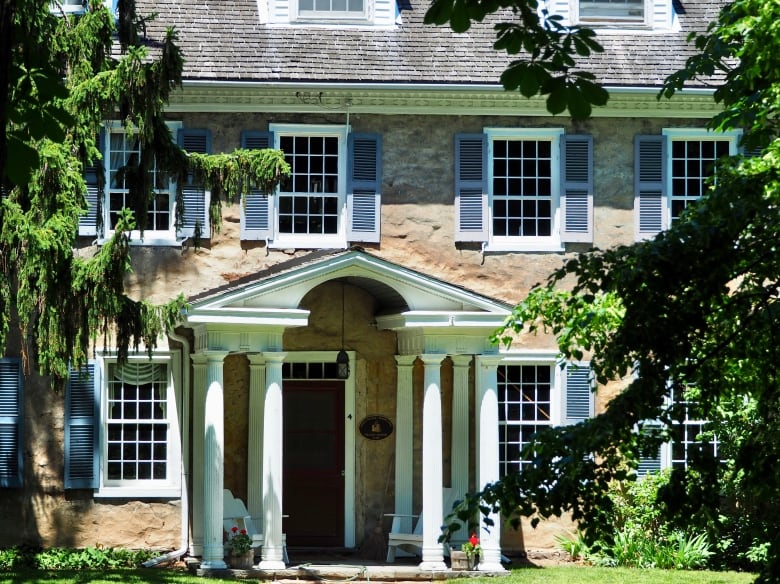
According to the museum website, Henry and his son Robert Nelles fought for the British during the American Revolution, and grew close with Thayendanegea, the Kanyen’kehà:ka leader also known as Joseph Brant. Thayendanegea granted the Nelles family land, according to the museum.
Nelles Manor is an upper-scale example of the Georgian architectural style, Brian Marshall, a heritage and architectural design consultant told CBC Hamilton.
The style was “practical” and “bulletproof,” said Marshall, who is based in Niagara-on-the-Lake. Though updated, the rectangular style is still popular today, he said.
Over generations, Marshall said, “people live in those houses and leave the imprint of their lives,” he said. And in Canada, he said, there are too few places where one can visit places that have been lived in as long as the Brown, Secord or Nelles properties.
A couple blocks away from the Nelles homestead, Bussière said, the family also constructed St. Andrew’s Church in 1796. The Lutheran family had German heritage, he said, but supported the development of this Anglican church, whose reverend was a child of John Bethune, who built the oldest Protestant church in Williamstown, Ont.
The family’s descendants include a John Bethune who many consider a founder of McGill University, the surgeon and political activist Norman Bethune, and actor Christopher Plummer, he said.
“You can map the development of the province according to these buildings, and you can find threads that connect them all together.”
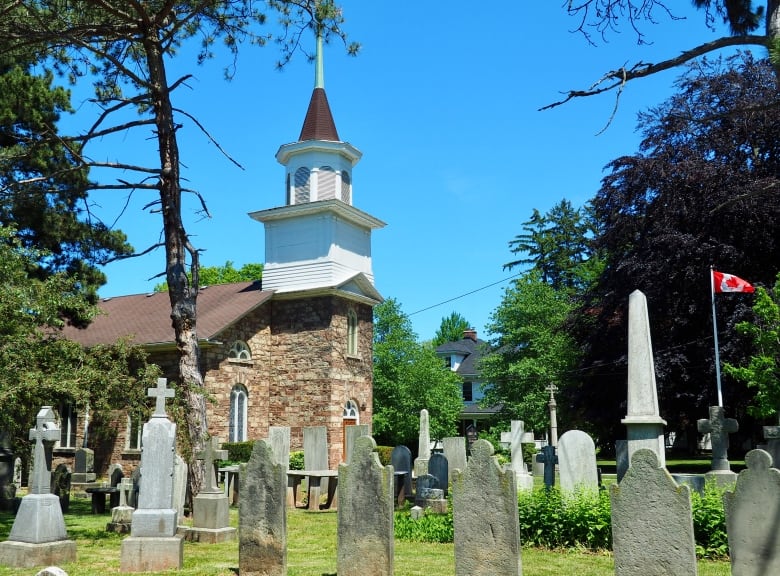
The construction of St. Andrew’s Church also shows a type of co-operation that was not seen in Europe, Bussière said, with a Lutheran funding the development of a church for a minister from Presbyterian family.
He found similar co-operation in Glengarry County, he said, where one stone church hall was the first building openly constructed as a church by Scottish Catholics since the Scottish Reformation in the 1500s.
The title of Bussière’s book, Defiant Builders, is a nod to its thesis.
“You have this remarkable co-operation against all odds and against, vast and overwhelming geography, extremely low population and terrible winter conditions to build these things.”
